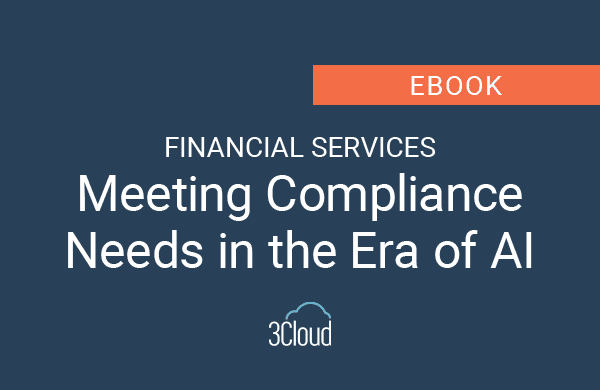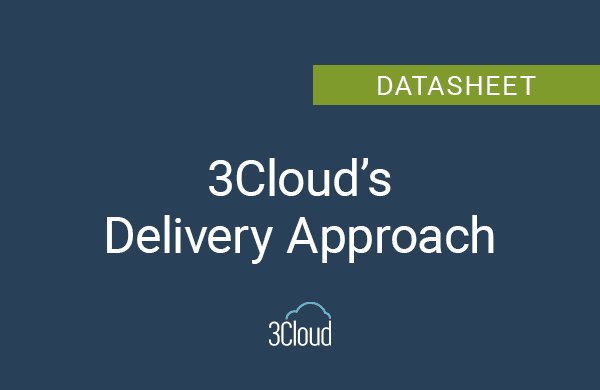The world of IT is moving quickly, with advancements coming at a rapid pace. If you blink you’ve missed something. If your goals one year have you focused on a specific service area such as legacy application updates or new products, you may not be aware of new and important growth in other areas like advancements in cloud hybridization or the newest development patterns. Given their importance to our field, we bring you 5 key trends we see emerging in Enterprise IT development in 2017.
ALM in the Cloud
ALM in the cloud is certainly not new. But with CIO Magazine calling out enterprise in the cloud as one of their trends for 2017, it stands to reason that the associated tools and processes would need to follow them there. ALM touches every part of development and the multiple handoffs required for any sizable project. An ALM cloud implementation needs to be as nuanced as an organization’s development process.
Looking at the different possibilities will help you develop a cloud based ALM plan that meets the unique needs of your organizations. Perhaps you’ll need to evaluate the viability of a single stack versus a hybrid solution for a cloud ALM implementation. Or you want to understand if you’re ready for a full implementation or only want to organically build a little at a time. These are the kinds of questions that need to be addressed before you commit to a cloud based ALM solution.
Enterprise Agile Adoption at Scale
Agile adoption is a little like the difference between the fresh development that occurs in a startup and the technical debt that a long-standing enterprise carries. A smaller organization can shift process gears more quickly, or may even have had the advantage of starting with Agile.
A large organization, on the other hand, has established processes, in-flight projects, and multiple teams that need to buy in, and need time to adjust to change. For the organization, or even the team within a larger organization, that wants to adopt a new methodology at scale, a clear plan and measures of success must be established.
DevOps and Containerization
Containerization is another not-really-new-but-new technology that will see a surge this year, and for all the right reasons. While containers have been part of Linux for some time, they have recently gained popularity thanks to applications like Docker and acceptance by large companies like Microsoft, IBM and AWS.
More lightweight than a virtual machine, containers give applications some portability, making it possible for DevOps teams to move whole containers from a dev machine to testing, or from a staging environment to the cloud. This flexibility helps to solve a concern organizations have had with cloud providers almost since they found out about the cloud – the issue of lock-in. As long as the underlying operating system is the same, containers can be transported from one service to another, creating leverage when contract negotiation time rolls around.
Evaluation for fit, plotting the right course with an emerging technology, and ensuring it’s managed and maintained so that it continues to be an asset and not a burden, are the biggest challenges companies will have with containers in 2017.
Microservices and Mesh Applications
Breaking problems down into smaller problems, and solving those, was the core that defined software engineering. Abstraction was core of object-oriented design. And yet, somewhere along the way, those concepts were sacrificed on the pyre of monolithic applications and complex, tightly bound code bases.
The good news is that microservices and domain driven design are taking us back to those pure concepts, and evolving them to meet the needs of the modern-day enterprise.
In lieu of a few colossal applications running an organization’s functions, we see a move toward development of encapsulated services that can be leveraged over and over across an enterprise computing platform. This will lead to organizational level standardization of common services like authentication, roles based access and authorization. When done right and architected well, this encapsulation and standardization may lead to the ever-elusive positive user experience.
What’s more important for these development concepts, and another part of the trend we’ll see in 2017, is microservices causing a shift in the way applications are built. More importantly, there will be a shift in the way IT organizations approach application development and full lifecycle management. This could even lead to a restructuring of the IT organization itself, making DevOps a necessity in companies where they were previously silo’d functional areas.
Application Refreshes and Modernization
Maintaining legacy IT systems in the face of digital disruption can be an enormous drain on a company’s resources. These systems are sometimes shackled to on-premises implementations. Other times they are tightly coupled with other legacy systems through home grown interfaces. Or they may be custom built applications answering a need that wasn’t serviced by commercial software in the past.
While modernization has claimed a spot on CIOs’ top initiatives for years, the combination of cloud services, SaaS and subscription based software, plus new development paradigms like microservices and frameworks like Angular and React, make this a trend that’s hard to ignore any longer.
The intent with modernization and even full re-architecting of applications is to leverage advances in information technology to build better services that save the organization time and money. Evaluating and fully understanding why applications need to be refreshed, and what the total cost of doing so are important steps companies need to take in 2017 before embarking on costly and disruptive development projects.
Want to discuss these trends in more detail? Contact us today for an executive briefing to learn more about how these emerging trends will affect your enterprise.




